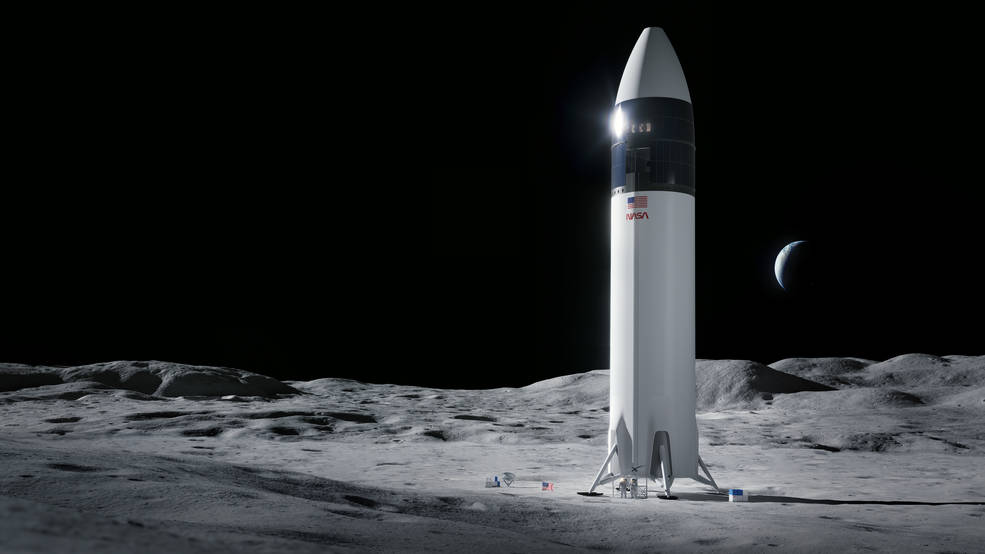This image shows nine candidate landing regions for NASA’s Artemis III mission, with each region containing multiple potential sites for the first crewed landing on the Moon in more than 50 years. -NASA
Oct. 28 () –
NASA has selected nine candidate regions for the landing on the south pole of the Moon for the Artemis III mission, first manned since the Apollo program more than half a century ago.
The launch of this mission is currently scheduled for September 2026.
These regions contain diverse geological features and offer flexibility for mission availability, according to a statement from the agency. The lunar South Pole has never been explored by a manned mission and contains permanently shadowed areas that may preserve resources, including water.
The candidate regions are, in no order of priority: Peak near Cabeus B, Haworth, Malapert Massif, Mons Mouton Plateau, Mons Mouton, Nobile Rim 1, Nobile Rim 2, Gerlache Rim 2, and Slater Plain.
“The South Pole of the Moon is a completely different environment than where we landed during the Apollo missions“said Sarah Noble, director of lunar science for Artemis at NASA Headquarters in Washington. “It offers access to some of the oldest terrain on the Moon, as well as cold, shadowy regions that may contain water and other compounds. . “Any of these landing regions will allow us to make amazing science and new discoveries.”
To select these landing regions, a multidisciplinary team of scientists and engineers analyzed the lunar South Pole region using data from NASA’s Lunar Reconnaissance Orbiter (LRO) and a vast body of lunar scientific research.
Factors in the selection process included scientific potential, launch window availability, terrain suitability, communication capabilities with Earth and lighting conditions. Additionally, the team evaluated the combined trajectory capabilities of NASA’s SLS (Space Launch System) rocket, Orion spacecraft, and Starship HLS (Human Landing System) manned lander – pictured below – to secure landing sites. safe and accessible.
The Artemis III geology team evaluated the landing regions based on their scientific potential. Sites within each of the nine identified regions have the potential to provide key new insights to our understanding of rocky planets, lunar resources, and the history of our solar system, according to NASA.
“Artemis III will be the first time astronauts land in the south polar region of the Moon. They will be flying in a new lander in terrain that is unique from our previous experience with Apollo,” said Jacob Bleacher, chief scientist of NASA exploration. “Finding the right places for this historic moment begins with identifying safe places for this first landing and then try to combine that with opportunities for science from this new place on the Moon.”
NASA’s site assessment team will engage the lunar science community through conferences and workshops to collect data, build geologic maps, and evaluate the regional geology of potential landing sites. The team will also continue to survey the entire lunar South Pole region looking for scientific value and availability for future Artemis missions. This will include planning for expanded scientific opportunities during Artemis IV and suitability for the LTV (Lunar Terrain Vehicle) as part of Artemis V.
The agency will select sites within the regions for Artemis III after identifying the mission’s target launch dates, which dictate transfer trajectories, or orbital routes, and surface environmental conditions.





![[Img #74661]](https://thelatestnews.world/wp-content/uploads/2024/12/The-power-of-ultrasound-150x150.jpg)







![[Img #74661]](https://thelatestnews.world/wp-content/uploads/2024/12/The-power-of-ultrasound-300x200.jpg)


Add Comment